Exclusive Gujrat
Day 01 : Arrive Mumbai
Meeting and assistance on arrival and transfer to hotel.
Day 02 : In Mumbai
Morning half day excursion to Elephanta Caves. An early morning excursion across the Mumbai harbour to 1200-year old Elephanta Caves housing some of the most beautiful rock-cuts of the period. The famous Trimurti sculpture of three-faced Shiva depicting his three aspects as Creator, Preserver and Destroyer is powerfully portrayed in the massive sculpture. Closed on Mondays and not available during the Monsoon.
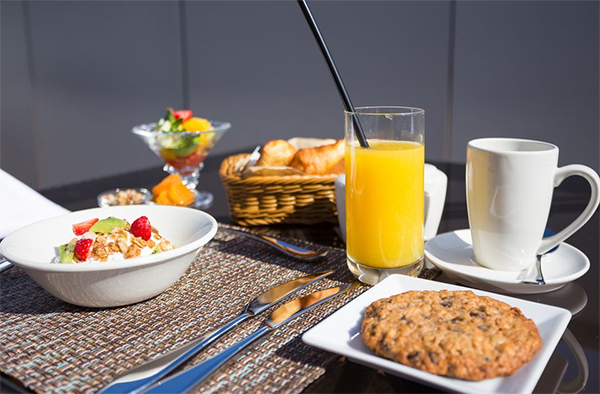
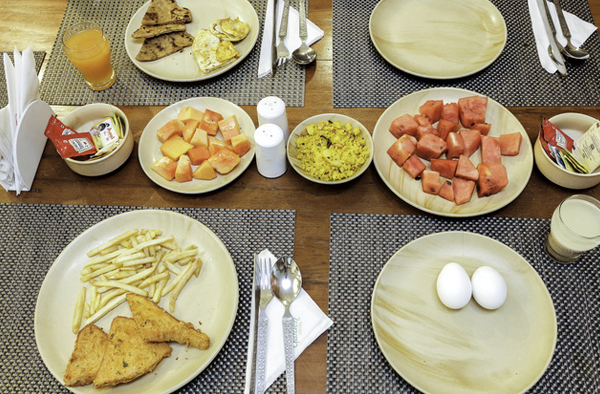
Afternoon half day visit to Gateway of India, Mumbai's principle landmark. This arch of yellow basalt was erected on the waterfront in 1924 to commemorate King George V's visit to this colony in 1911. Drive past the Afghan Church. Secretariat of Maharashtra Government and along the Marine Drive which is fondly known as the 'Queen's Necklace'. Visit Jain temple and Hanging Gardens which offer a splendid view of the city, Chowpatty, Kamala Nehru Park and also Mani Bhavan where Mahatma Gandhi stayed during his visits to Mumbai. Drive past Haji Ali Mosque, a shrine in honour of a Muslim Saint on an island 500 m. out at sea and is linked by a causeway to the mainland. Stop at the 'Dhobi Ghat' where Mumbai's 'dirties' are scrubbed, bashed, dyed and hung out to dry. Watch the local train passing close by on which the city commuters 'hang out like laundry' - a nice photography stop. Continue to the colourful Crawford market and to the Flora fountain in the large bustling square, in the heart of the city. Overnight at hotel.
Day 02 : In Mumbai
Afternoon half day visit to Gateway of India, Mumbai's principle landmark. This arch of yellow basalt was erected on the waterfront in 1924 to commemorate King George V's visit to this colony in 1911. Drive past the Afghan Church. Secretariat of Maharashtra Government and along the Marine Drive which is fondly known as the 'Queen's Necklace'. Visit Jain temple and Hanging Gardens which offer a splendid view of the city, Chowpatty, Kamala Nehru Park and also Mani Bhavan where Mahatma Gandhi stayed during his visits to Mumbai. Drive past Haji Ali Mosque, a shrine in honour of a Muslim Saint on an island 500 m. out at sea and is linked by a causeway to the mainland. Stop at the 'Dhobi Ghat' where Mumbai's 'dirties' are scrubbed, bashed, dyed and hung out to dry. Watch the local train passing close by on which the city commuters 'hang out like laundry' - a nice photography stop. Continue to the colourful Crawford market and to the Flora fountain in the large bustling square, in the heart of the city. Overnight at hotel.
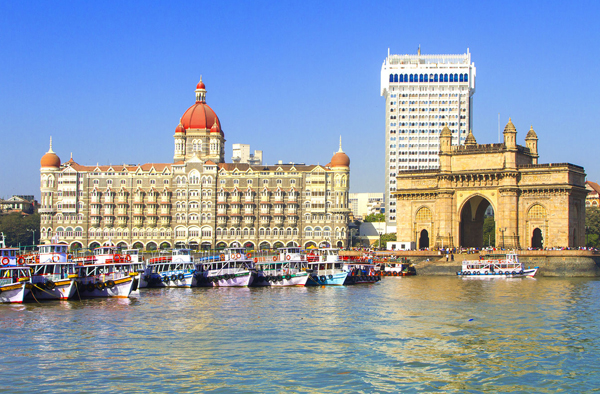
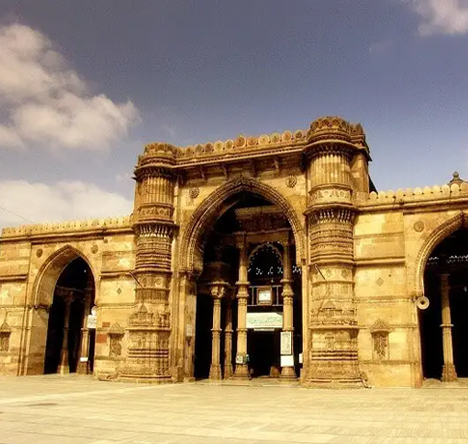
Day 04 : Ahemedabad
The 11th-century sun-temple complex at Modhera at a distance of 99 Kms from Ahmedabad is the Solanki dynasty's most striking architectural achievement. It is positioned in such a manner that the rising sun's rays Illuminate the deity in the inner most sanctum sanctorum through the main Entrance at the time of equinox only. The Sun temple is not very large or as imposing as may be supposed by those who have seen other Hindu temples in India, but even from a distance it is obvious that it is covered by intricate carvings of Gods, Goddesses, men, women and animals in numbers out of all proportion to its actual size, and is a true gem in the architectural annals of India.
Patan is believed to have been a prosperous fortified town with mints of gold and silver, well laid gardens with fountains and trees, grammar school of Sanskrit and Prakrit, numerous Hindu and Jain temples and Sahastralinga Talav. The glory of Patan reached its peak during the Solanki period and also termed as the golden age of Gujarat. During these years, the city was a great place of learning and a prosperous tradi ng center. The rulers were great patrons of fine arts and architecture and undertook construction of m any civic and religious edifices in the city. Wethered with time and age the the ruins of the ancient city are still visible, making it a good archaeological site. The old city contained market places, temples, gardens, educational centers and city squares. Today, Patan has been transformed from what it was earlier.
Evening return back to Ahemedabad.
Day 05 : Drive Ahemedabad - Bhavnagar
Breakfast at the hotel. Later drive to Bhavnager (187 Kms/5 Hrs).
Afternoon city tour visiting Barton library, Gandhi Smriti, the memorial built in remembrance to the Father of Nation. The ground floor housing the Barton museum is a repertoire of archeological remains from the surrounding regions. The Gandhi museum on the first floor takes one on a dramatic journey through the life of the Mahatma. Also visit the Takhteshwar temple situated on the hillock in the center of the city, this popular landmark is a Shiva temple constructed way back in 1893 and named after its patron Takhtsinhji. Sitting on the serene marble courtyard of the temple one can have a panoramic view of the entire city as well as the surrounding landscape. Overnight at hotel
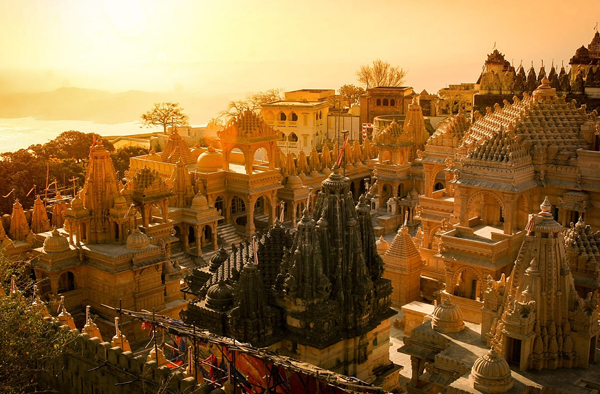
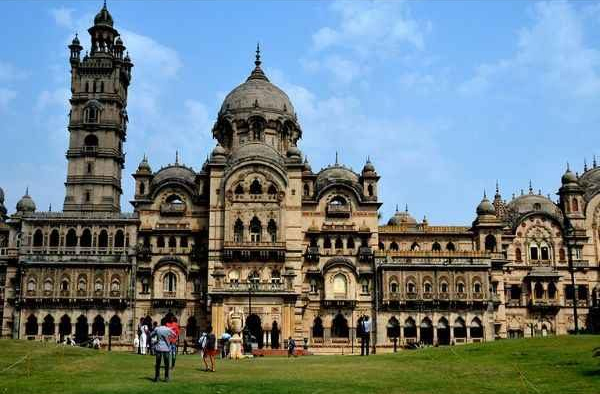
Day 06 : Drive Bhavnagar - Gondal
Early morning leave for Gondal en route visiting Palitana (50KMS/1 ½ hrs) The construction of temples of Palitana of the Jain sect amongst the Hindus spanned over a period of 900 years and was structured in two phases. From the 11th to 12th centuries AD as a part of the resurgence of temple building all over India, the first phase of temple architecture was constructed. The second phase followed later, from the 16th century AD onwards. Muslim invaders destroyed some of the earliest temples built in the 11th century AD during the 14th and 15th centuries AD.
Caution
The hill on which this temple is located, is 3 kms from Palitana proper, and the 600 m climb over 3000 stairs to the top of the mountain is an unforgettable experience. Beginning at dawn is recommended, to avoid the mid-day heat. Climb not recommended for senior citizens or for guest experiencing difficulty in walking/climbing stair. However the brave hearts can try climbing up to the top.
There on continue your drive to Gondal, (230kms /6-7hrs). On arrival check in at hotel. Gondal, a city state in the times gone by, was ruled by a family of car enthusiasts whose royal passion resulted in a fine collection of automobiles which are now part of a museum in the palace premises. Overnight at hotel
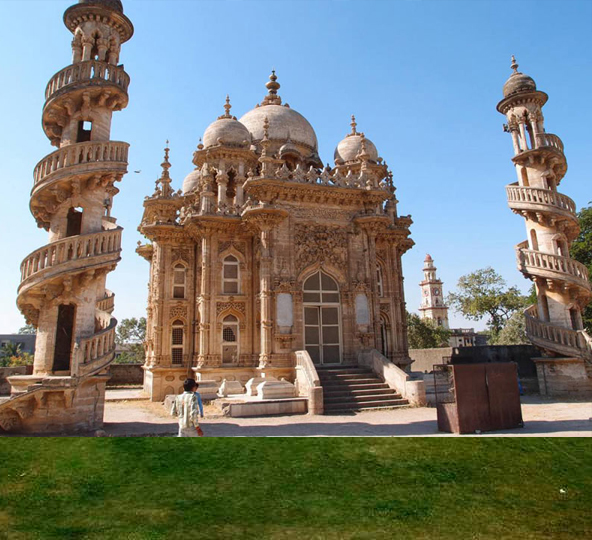
Day 07 : In Gondal
Morning city tour of Gondal: Visit the old Darbargadh a seventeenth century structure which reputedly cost Rupees Nine Lakhs thus earning the sobriquet ‘Navlakha Palace’. The palace is built on series of arches delicately carved and inscribed in stone with a magnificent spiral staircase leading all the way to the top.
The Royal Garages have an extensive collection of vintage and classic cars including a 1910 New Engine, a Delage and a Daimler from the 1920s, a 1935 Mercedes, 1935 Packard two-door convertible, 1941 and 1947 Cadillac, 1955 Cadillac limousine, sports cars from the 1950s and 1960s like the Mercedes 300 SL, Jaguar XK 150 and Chevrolet Camaro, numerous imposing American cars of the 1940s and 1950s, a fleet of four-wheel drive vehicles from the World War II and post-war period.
Also visit the Mandvi Chowk. The central marketplace of Gondal is a typical riot of color, the bustle of street cries and hawkers, vendors and beggars and wafting aromas of food stuffs amidst flowing bales of trade cloths in a variety of exotic prints. To experience Gondal is to take a walk down its winding streets inhaling the soul of the city and its people.
Our last stop is the Bhuvaneshwari Ayurvedic pharmacy, which still makes traditional herbal medicines according to ancient principles. The Bhuvaneshwari Stud Farm has remarkable specimens of Kathiawadi horses, Gir cattle and other ethnic breeds of livestock, which have won prestigious awards at national level and prizes at local horse and cattle shows. Overnight at hotel.
Day 08 : Drive Gondal - Sanasgir (Via Junagarh) 120kms/5-6hrs)
Morning leave for the lion county-Sasangir.
Our first stop is at Jet Pur a town renowned as a center for block printing and dyeing. The very air is laden with the smells of dye stuffs spiraling out of large copper vats with translucent layers of colored fabrics drying to the percussion beat of wooden printing blocks. Jetpur is a pleasure for textile enthusiasts who can visit and experience the process of printing and dyeing.
There on to Junagarh where one can reach out and touch the two and a half millennia of human civilization, spanning dominant periods of Jainism, Hinduism, Buddhism, and Islam, all of whom left deep imprints on the city. On arrival in Sasangir, check in at your lodge.
Time permitting park visit In Gir you touch the history of India before humanity itself. Before monuments, temples, mosques and palaces. Or rather, a history as humanity was emerging, when humans coexisted with lions, before the former had overrun the continent (and the world) and pushed the latter to the brink of extinction. Overnight at lodge.
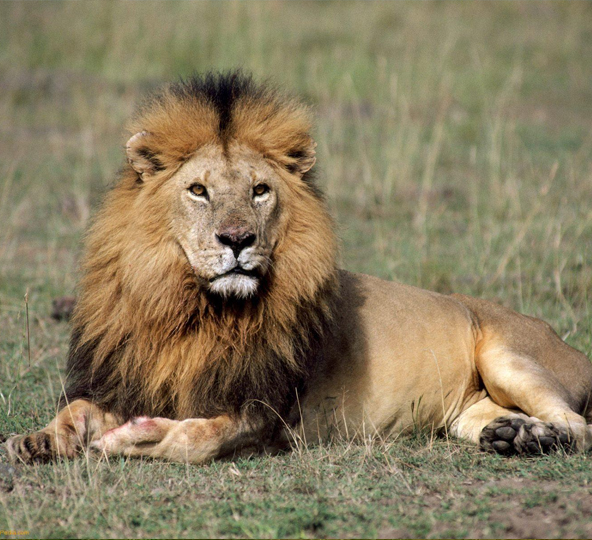

Day 09 : In Sanasgir
Many come to Gir because, outside of Africa, it is the only place with wild lions. But to truly experience Gir and the lions, you must explore their natural habitat, with everything from tiny wild birds, not easily seen, but heard singing in the forest canopy, to crocodiles floating in the marsh waters. Driving around, you are uncommonly aware you are in someone else's territory. You stay in your vehicle because you are in the home of lions, leopards, hyenas, crocodiles; you remember that humans do not rule the world, and however "advanced" we think we are, most of us would not survive very long on our own in a place like Gir.
Along with the famous lions, who number around 350, the park is also home to four other wild cats. There are around 300 leopards, though they are nocturnal and thus harder to spot. Of the three smaller wildcats, the jungle cat is the most widespread, and lives in deciduous scrub and river areas. The mysterious desert cat is almost never seen. The rusty spotted cat, previously thought to only live in the Dings of southeast Gujarat, has only recently been found in Gir. Overnight at lodge.
Day 10: Drive Sasangir - Rajkot
Breakfast at the hotel. Later drive away from the land of the big cats, north to the city of Rajkot (150kkms/4hrs). On arrival check-in at hotel.
Located in the heart of Gujarat, the fascinating town of Rajkot was the capital of the princely state of Saurashtra. It was also reputed as a former British government headquarters where Mahatma Gandhi spent early years of his life. A peaceful town some 30-35 years back on the riverbank of Aji, today Rajkot is known as the "Paris of Saurashtra". Afternoon city tour. Visiting the Watson Museum and LibraryLocated in the Jubilee Gardens, the museum is a good place to experience the heritage of Saurashtra. Two imperial lions flank the entrance. The museum offers copies of artifacts from Gumali, 13th-century carvings, temple statues, natural history exhibits, and dioramas of local tribal costumes and housing styles. A huge marble statue of Queen Victoria seated on a throne also draws the attention of tourists
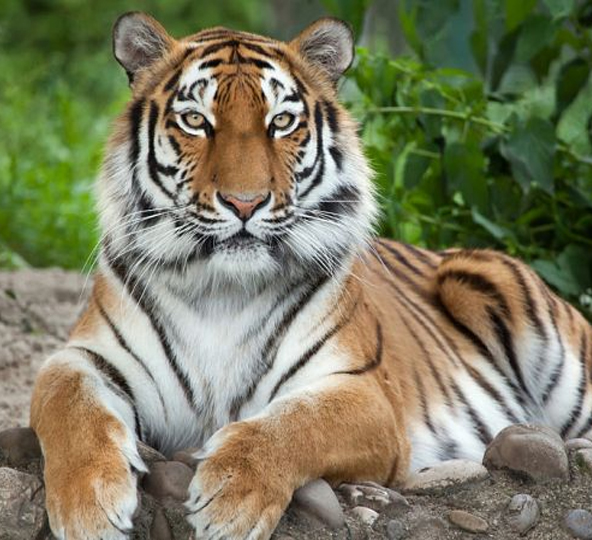

Day 11 : Rajkot - Mumbai
Breakfast at the hotel. In time to connect your flight for Mumbai. On arrival transfer to hotel.
Day 12 : Leave Mumbai
In time transfer to airport to connect flight for onward destination